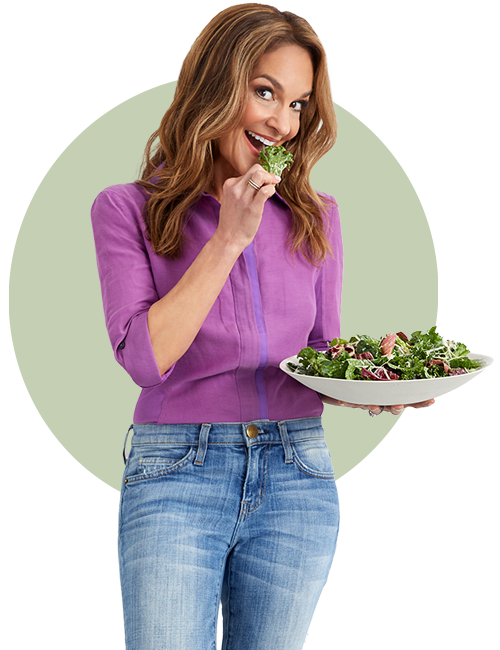My 10 Must-Have Foods for the Fridge
Nonfat Greek yogurt
I think it’s safe to say that Greek yogurt has risen above “trend” status and is here to stay. Nutritionists love it because it has twice as much protein as traditional yogurt, making it the perfect foundation for a substantial morning meal or snack. I keep a variety of flavors, like peach and blueberry, stocked at all times, and often pair a tub with a banana for a quick breakfast on-the-go. Plain nonfat Greek yogurt is extremely versatile; it’s a rich but low-cal substitute for sour cream or mayonnaise in dips and sauces.
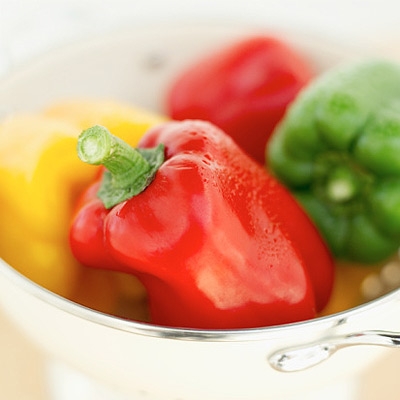
Bell Peppers
Bell peppers
Red, yellow, and green bell peppers are a top source of vitamin C, a multitasking nutrient that helps give us luscious locks and radiant skin, plus ease everyday aches and pains. In fact, one red bell pepper contains twice as much vitamin C as an orange! And, thanks to their high water content, bell peppers are a high-volume, low-cal food that can even help you shed a few pounds. My kids and I love munching on crunchy, raw red bell pepper strips (they’re sweet like candy!), and they’re a regular addition to salads, pasta dishes, frittatas, and stir-fries at dinnertime.
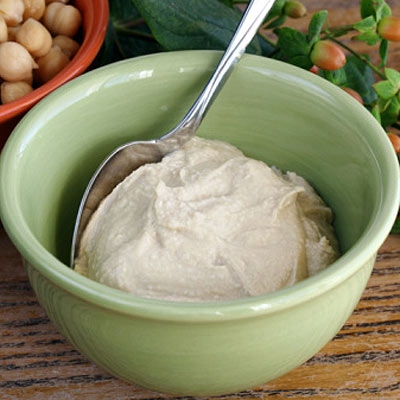
Hummus
Hummus
Made from pureéd chickpeas, this Mediterranean staple is a heart-smart alternative to rich, fat-laden dips and is also a good source of vegetarian protein. Chickpeas are a low-glycemic food packed with soluble fiber, which helps to regulate blood sugar and provide long-lasting energy. For a snack with impressive fill power, enjoy a quarter cup of hummus with unlimited amounts of your favorite veggies for dipping. In my house, we also use hummus as a creamy sandwich spread in place of greasy mayo.
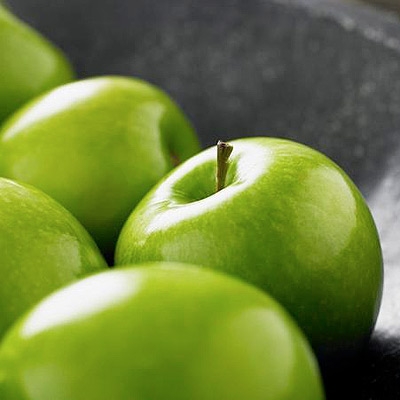
Apples
Apples
Apples are a convenient, affordable fruit you can rely on year-round. I keep an assortment of apples stashed in my produce drawer — Granny Smith, Gala, Fiji, and Honey Crisp are some of my family’s favorite varieties. They last in the fridge for six to eight weeks, so you don’t have to worry about them going bad right away. Slice apples into wedges and enjoy with a tablespoon of almond or peanut butter, pair with a string-cheese stick for some protein, or warm in the microwave and sprinkle with cinnamon for dessert. And remember to keep the fiber-rich skin on your apple to get this fruit’s full nutritional power.
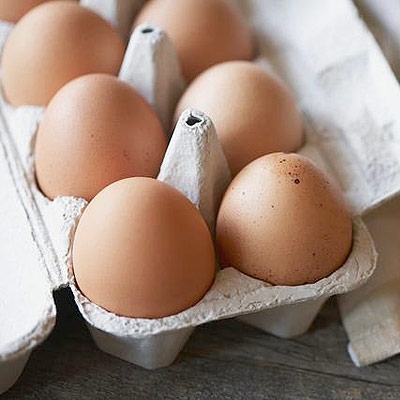
Eggs or egg substitute
Eggs or egg substitute
My family goes through about two dozen eggs a week! Feasting on an omelet or plate of scrambled eggs at breakfast fills your tank with protein, which gives you the energy you need to start your day. Egg yolks have a substantial amount of cholesterol and saturated fat, so I recommend using a combination of one whole egg and two or three egg whites. It’s the perfect compromise: low in calories and fat and packed with protein and nutrition. For a blast of vitamins and fiber, mix veggies into your morning scramble (I like a combo of tomatoes, spinach, mushrooms, and onions). And if you don’t feel like cracking all those shells, it’s fine to pick up a carton of egg substitute for convenience. It’s made from 99% egg whites, plus beta-carotene for color and a splash of vitamins and minerals that are naturally found in the yolks.
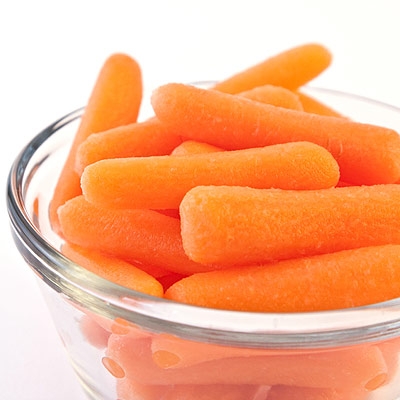
Baby Carrots
Baby carrots
I’m a big fan of baby carrots because all the work is done for you. They’re a no-fuss, no-prep veggie that makes for easy, low-cal snacking (and a popular lunch-box stuffer in the Bauer house). One cup is just 50 calories and brimming with beta-carotene, an antioxidant that keeps your complexion looking fresh and radiant. Grab baby carrots right out of the bag for instant munching, or dunk in low-fat ranch dressing or hummus for a better-for-you version of chips and dip.
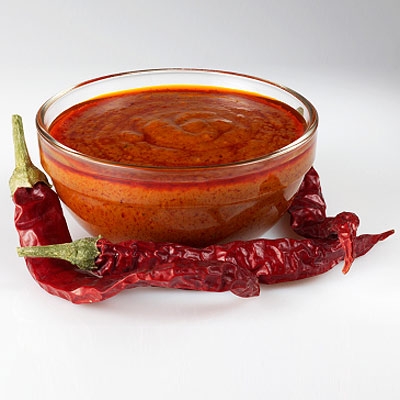
Hot Sauce
Hot sauce
Hot sauce gets a lot of play in my house. I am a self-declared “chili head” and my husband, son, and youngest daughter have followed my lead. This fiery condiment can help liven up bland “diet food” for next to no calories, but that’s not the only reason to get hot for hot sauce. Here’s some great news for my fellow spice lovers: Research shows that including hot peppers at meals suppresses your appetite and slightly revs up your metabolism. Capsaicin, the ingredient that gives peppers their heat, seems to trigger certain fat cells (what researchers call brown fat cells) to burn the types of fat cells that store energy (referred to as white fat cells), according to research from the University of Miami. So kick up the heat anywhere you can — sprinkle your favorite brand on eggs, mix it into hummus, or use it to add pizzazz to chicken or turkey salad. I like to add a few dashes to soups and stews too. But remember, when adding hot sauce to your recipes, start slow and add as you go!

Naturally flavored seltzer
Naturally flavored seltzer/sparkling water
Tired of plain old H2O? Stock up on naturally flavored seltzer — carbonated water with a shot of fruit flavor. It’s completely calorie-free, contains no sugar or artificial sweeteners, and comes in delicious, fun flavors like green apple, pomegranate-cherry…even coconut! Plus, seltzer water is about 100 times less damaging to your teeth than regular and diet sodas, which contain acids (like phosphoric and citric acid) that erode tooth enamel, making your pearly whites more susceptible to cavities. We keep an entire shelf filled with cold bottles in the fridge (and even more stockpiled in the garage).
For the best picks to stock in your freezer, click here.
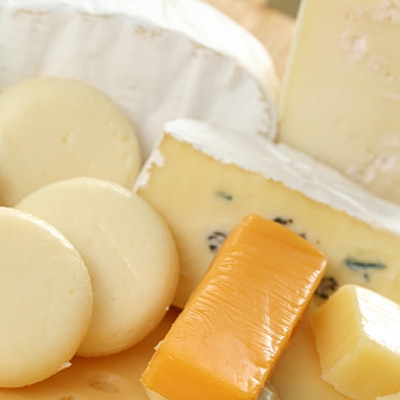
Reduced-fat cheese
Reduced-fat cheese
Cheese is one of my go-to snacks, whether I’m grabbing a stick of part-skim string cheese or a scoop of low-fat cottage cheese. It’s rich in protein, which curbs hunger and boosts energy, and also offers up calcium to help maintain strong bones and manage blood pressure (calcium helps relieve PMS symptoms too!). And by selecting reduced-fat varieties whenever possible, you’ll keep calories and unhealthy saturated fat to a minimum. I also keep slices and bags of shredded reduced-fat cheese on hand for creating lighter versions of family favorites like cheeseburgers, tacos, lasagna, and grilled chicken Parmesan.
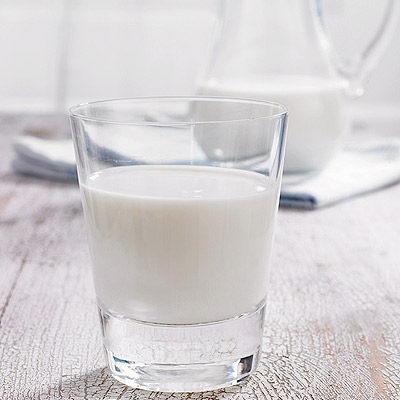
Milk and milk alternatives
Milk and milk alternatives
We always have skim milk in the fridge for cereal, oatmeal, and fruit smoothies. Choosing skim or low-fat 1% milk instead of 2% or whole is an effortless way to slash calories and saturated fat — a real benefit for anyone trying to lose weight or reduce their risk of heart disease. If you aren’t a fan of “moo juice,” there are plenty of healthy alternatives. Soy milk, unsweetened almond milk, lite coconut milk, and so on, are all great dairy-free options that provide a powerful hit of calcium and vitamin D.
Now that you know what’s in my fridge, what about the freezer? Find out!
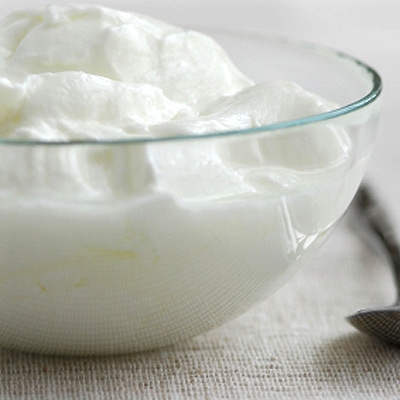
Nonfat or Low-fat Greek Yogurt
Nonfat or low-fat Greek yogurt
I think it’s safe to say that Greek yogurt has risen above “trend” status and is here to stay. Nutritionists love it because it has twice as much protein as traditional yogurt, making it the perfect foundation for a substantial morning meal or snack. I keep a variety of flavors, like peach and blueberry, stocked at all times, and often pair a tub with a banana for a quick breakfast on-the-go. Plain nonfat or low-fat Greek yogurt is extremely versatile; it’s a rich but low-cal substitute for sour cream or mayonnaise in dips and sauces.

